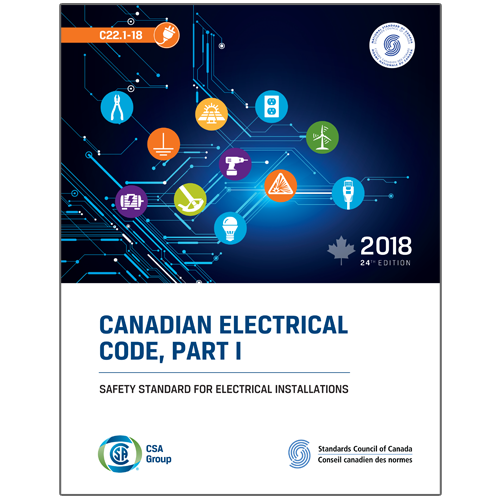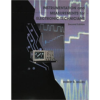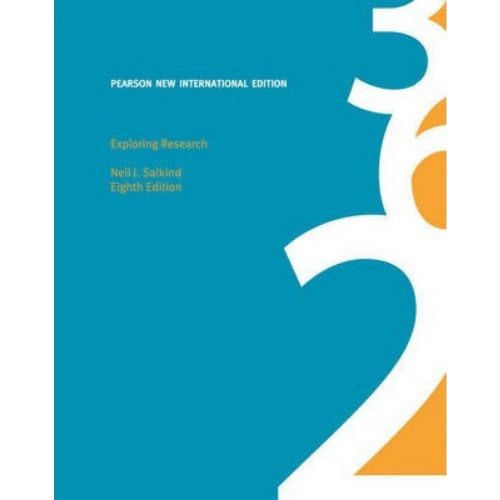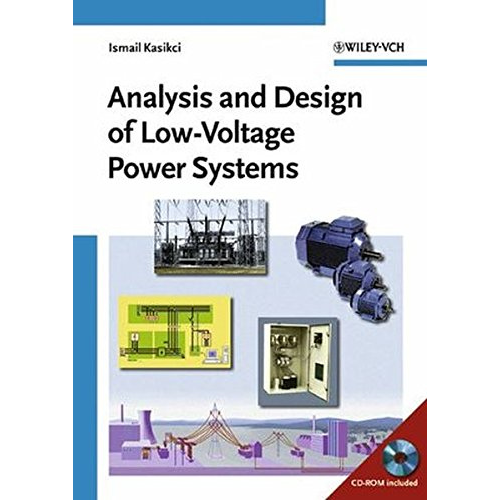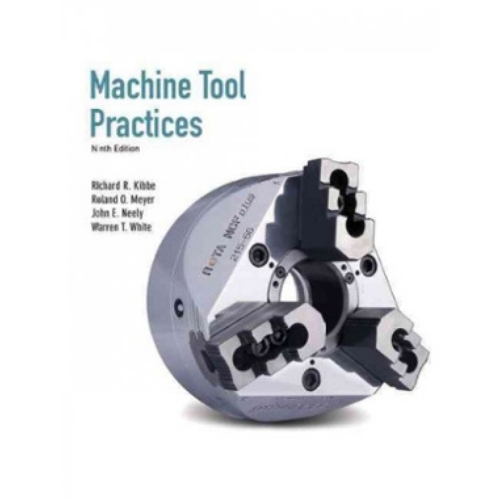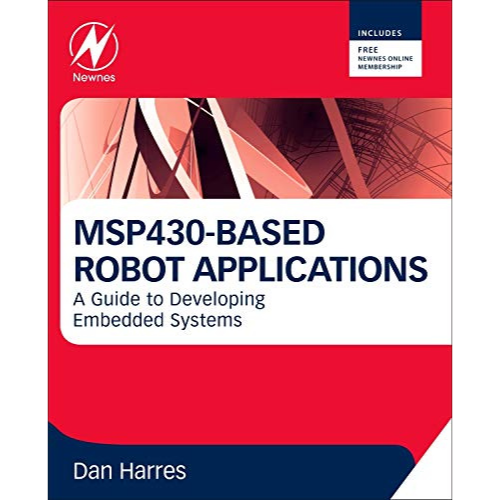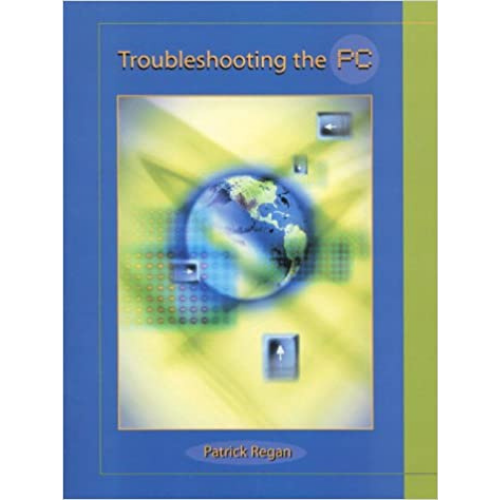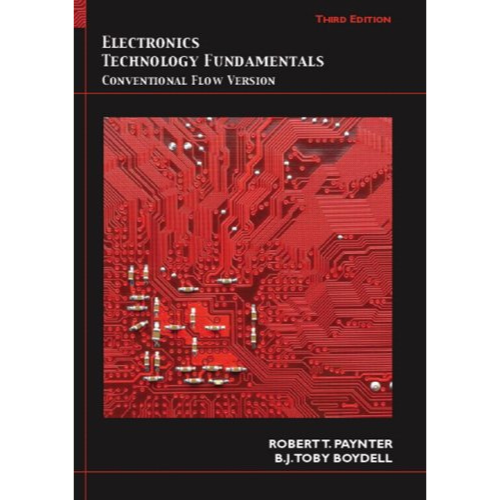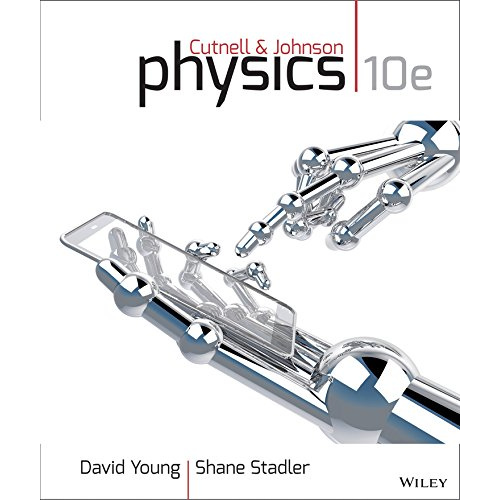Canadian Electrical Code, Part 1
$290.05
Tim Pope
This twenty-fourth edition of the Canadian Electrical Code, Part I, was approved by the Committee on the Canadian Electrical Code, Part I, and by the Regulatory Authority Committee at their June 2017 meetings in Halifax, Nova Scotia. This twenty-fourth edition supersedes the previous editions, published in 2015, 2012, 2009, 2006, 2002, 1998, 1994, 1990, 1986, 1982, 1978, 1975, 1972, 1969, 1966, 1962, 1958, 1953, 1947, 1939, 1935, 1930, and 1927. This edition features important revisions to many Sections.
In stock

